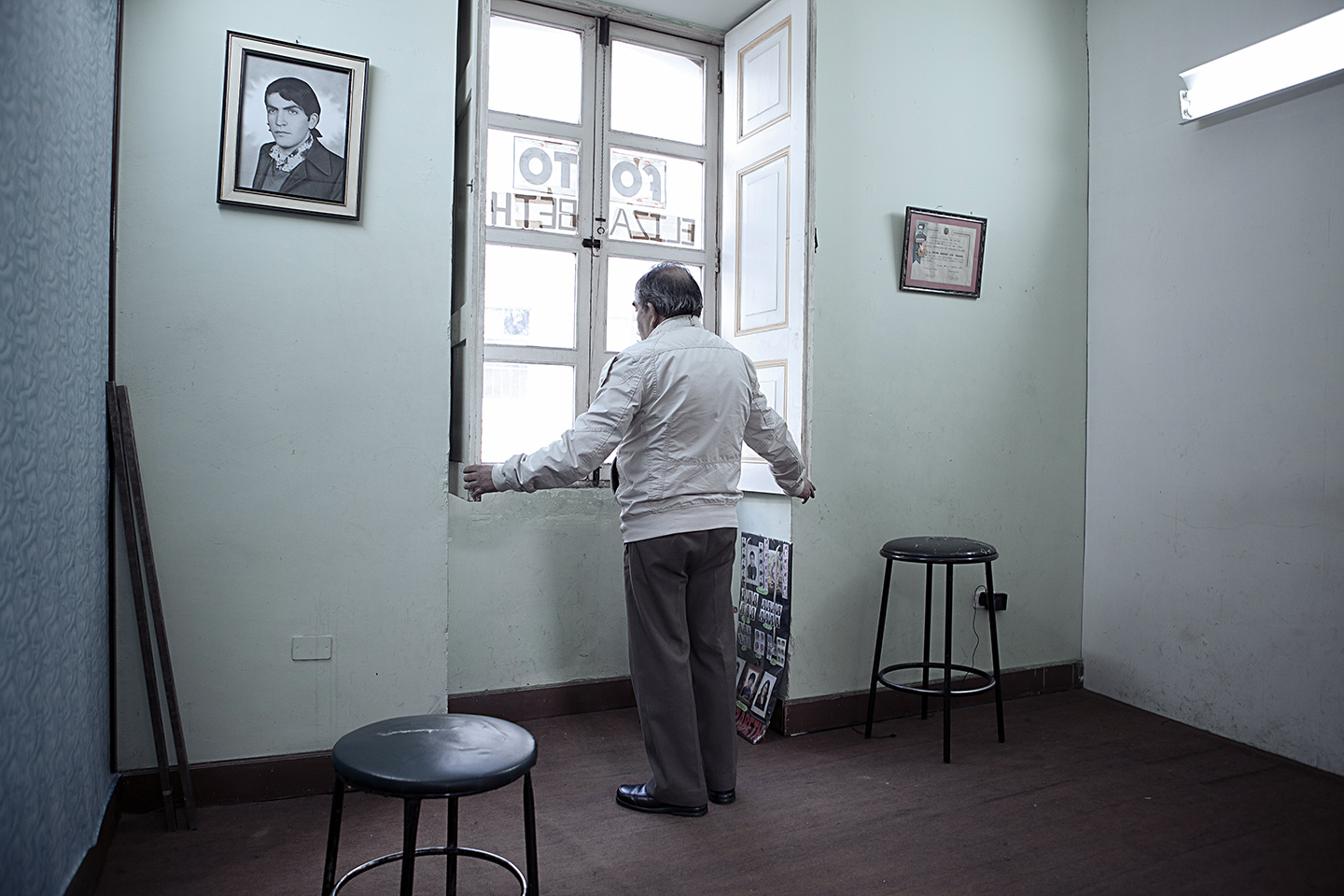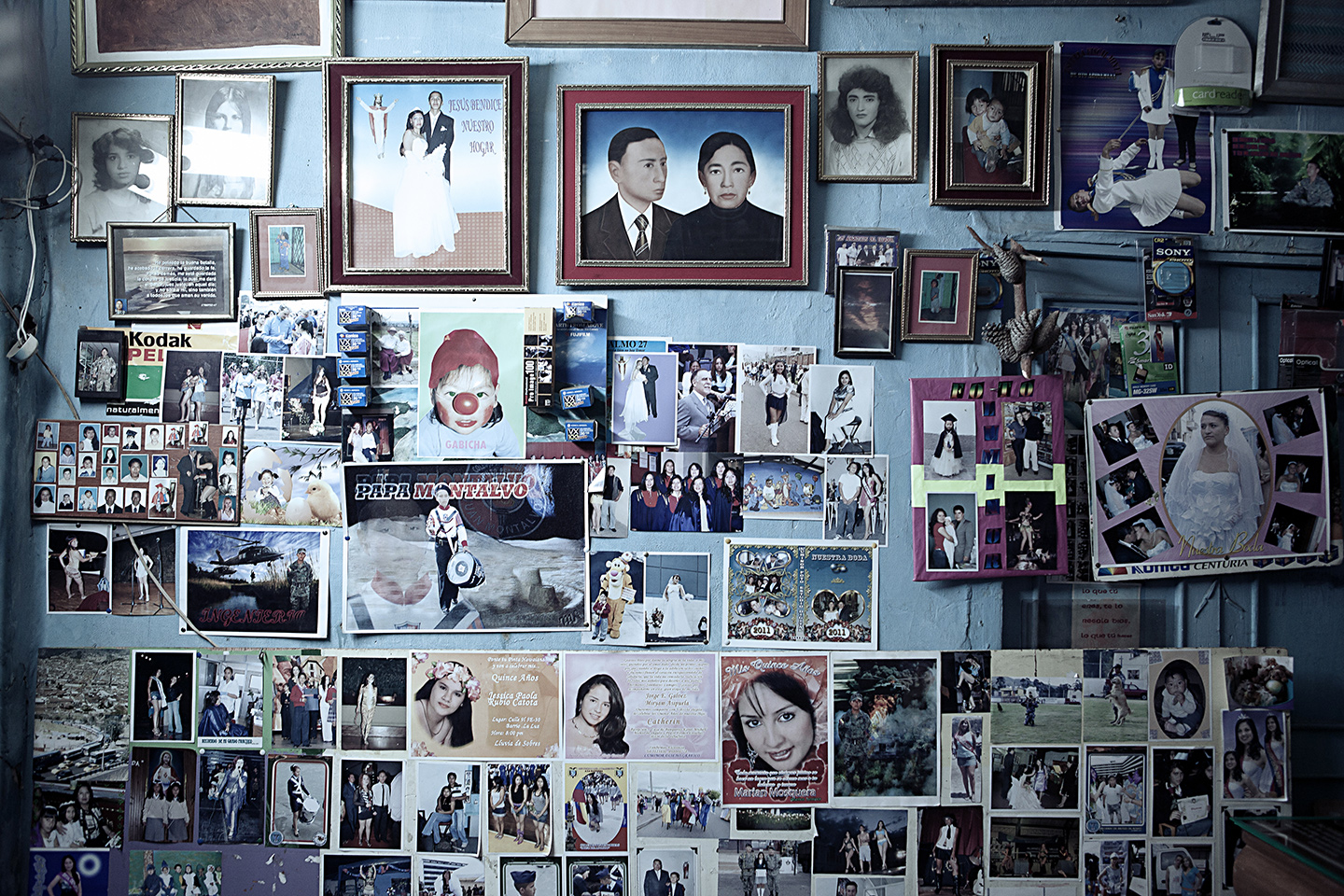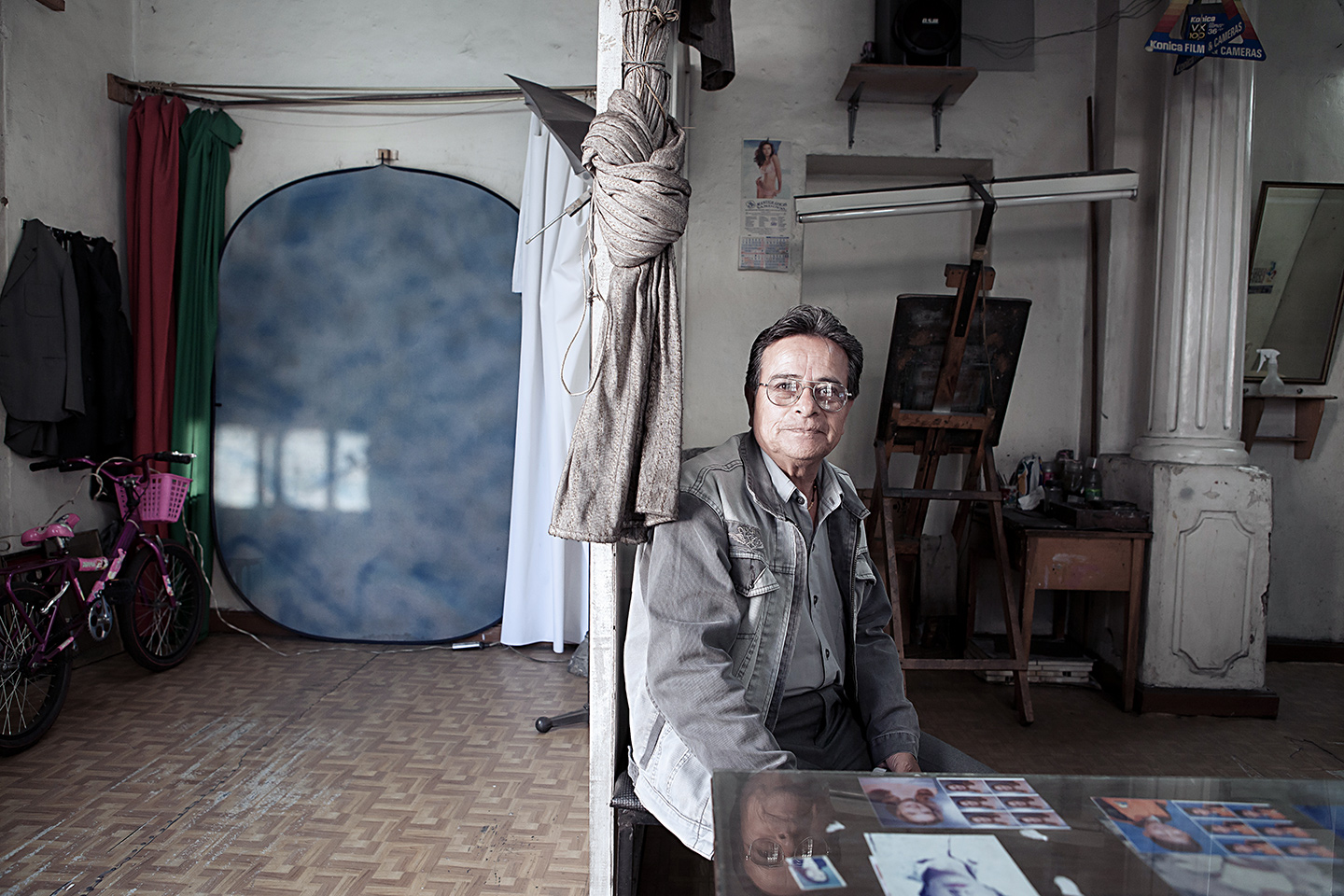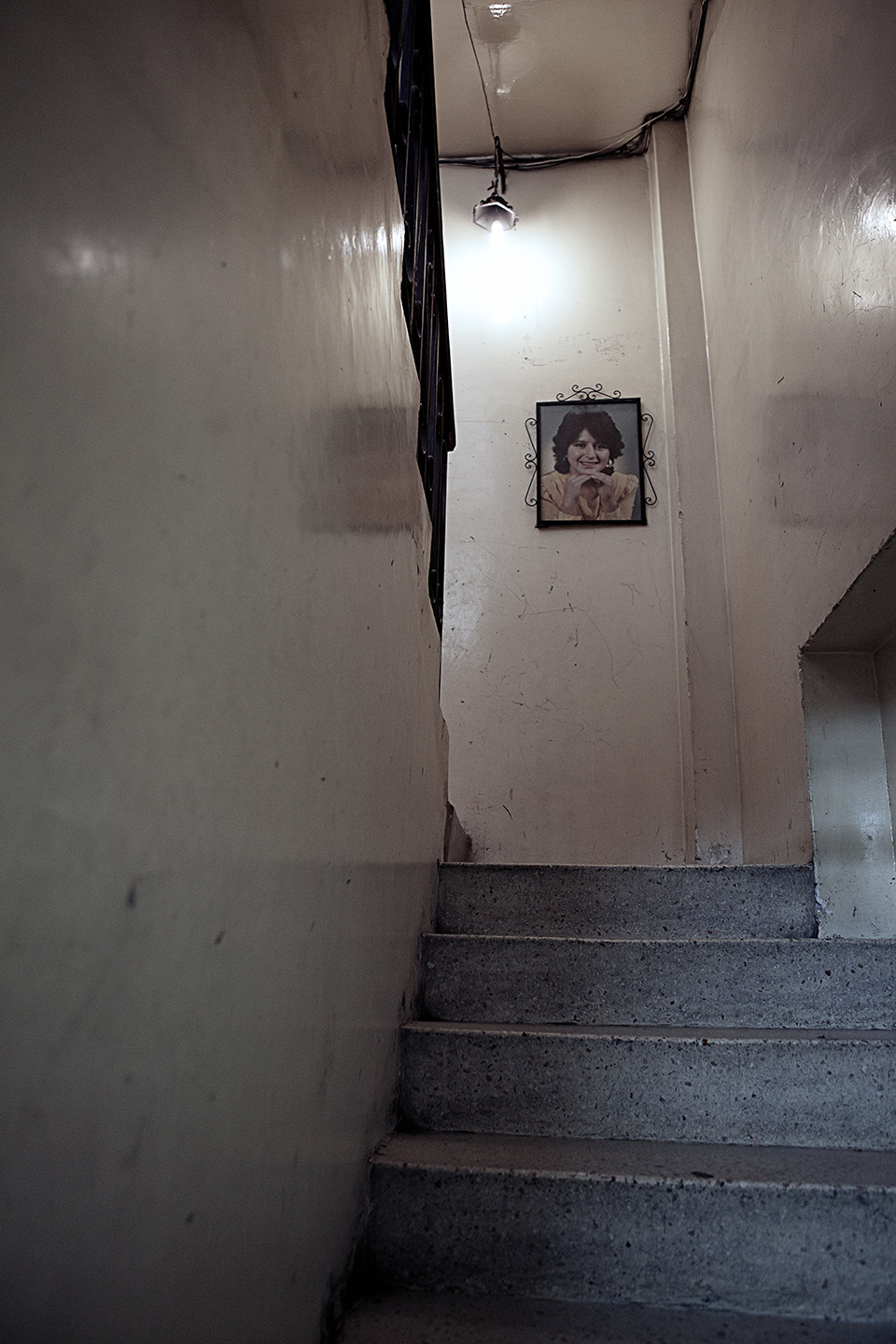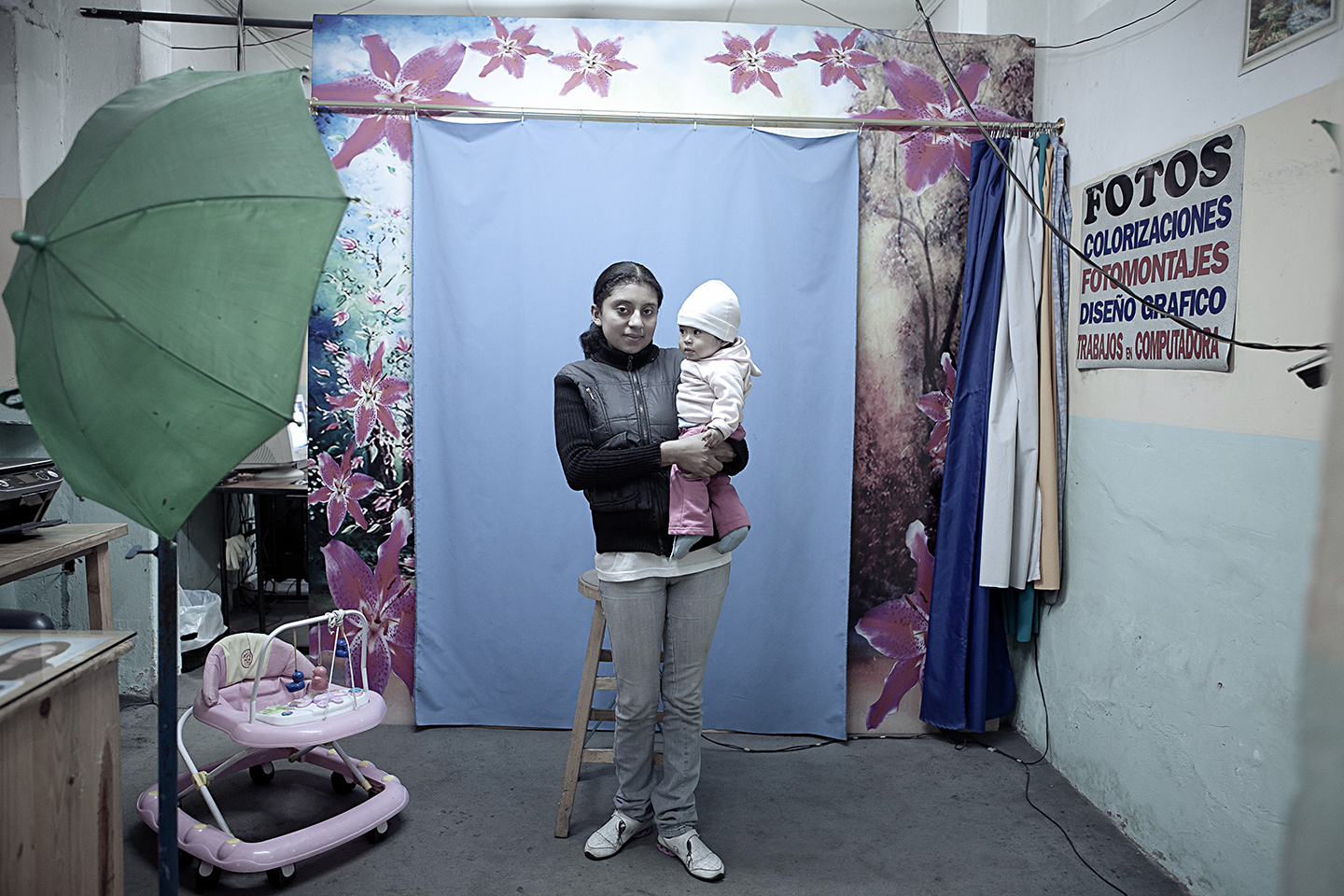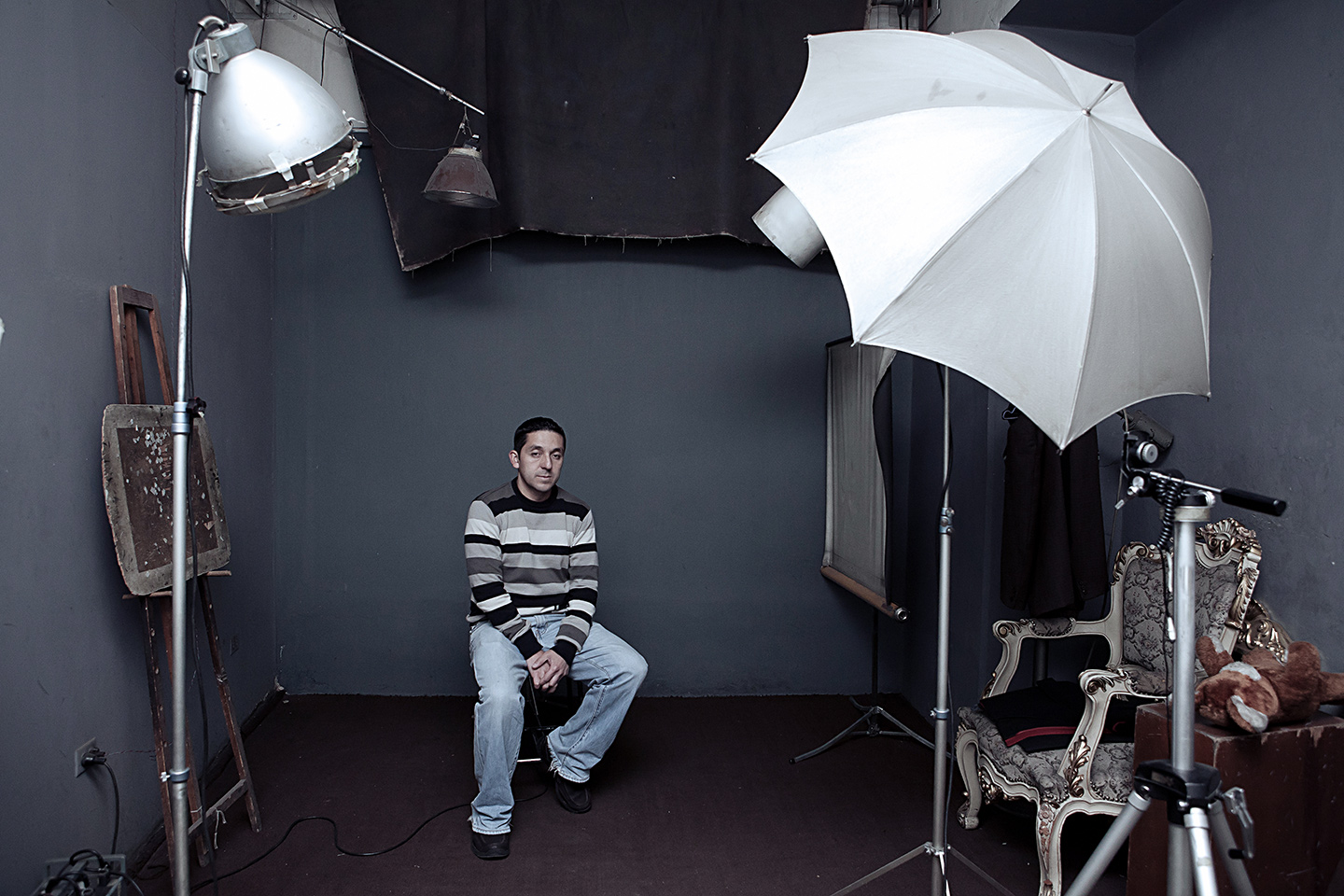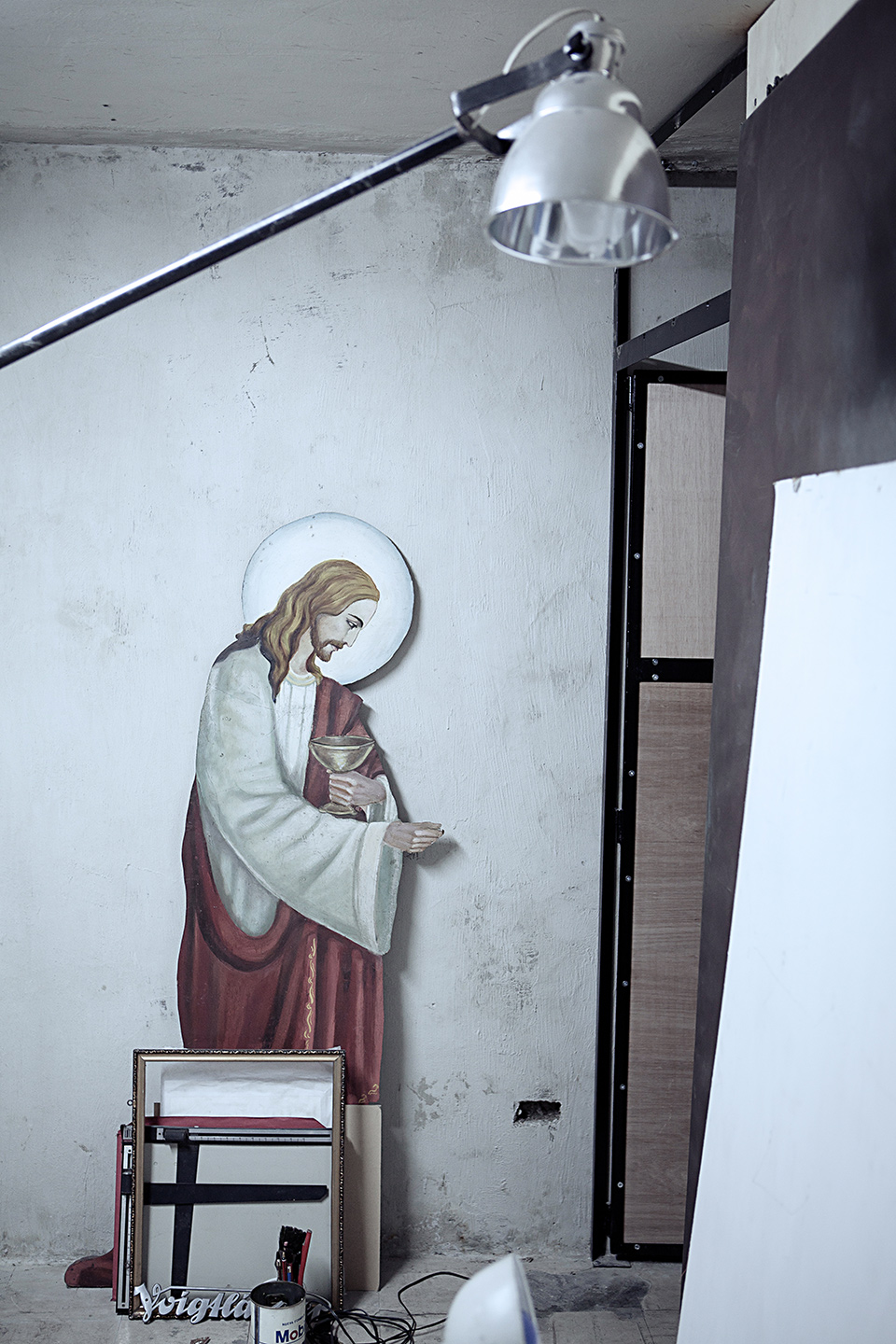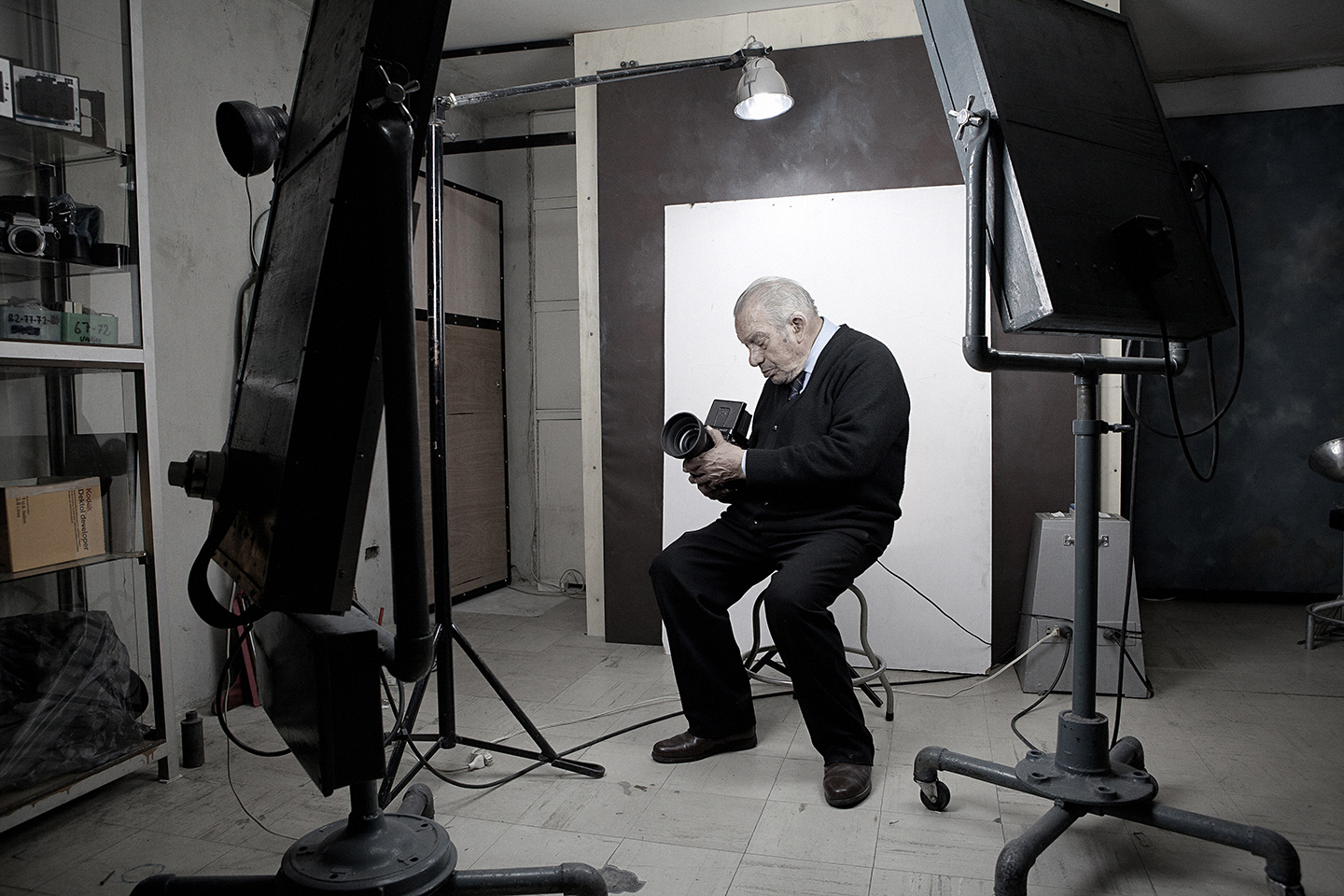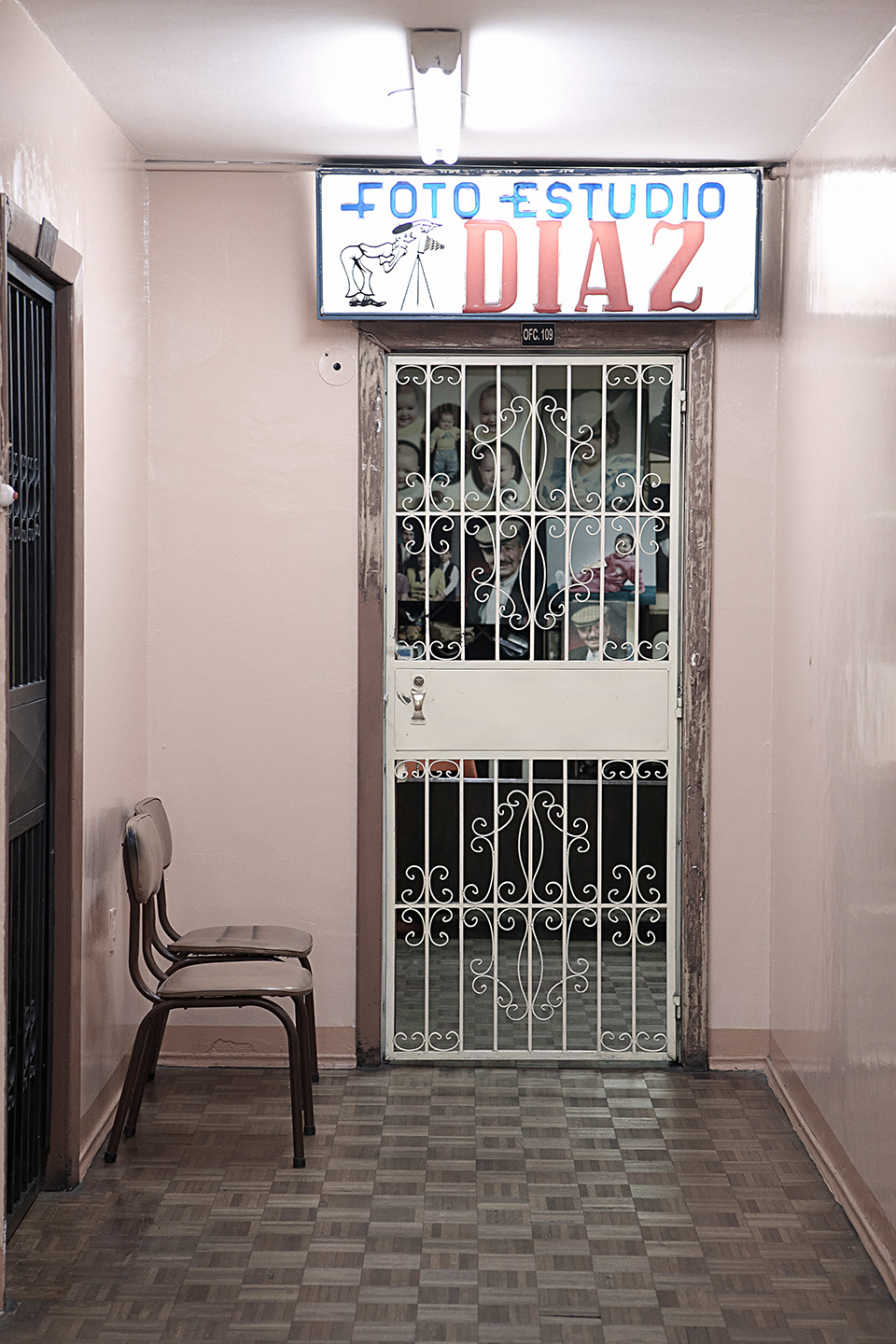Since the distant era when the camera obscura and the daguerreotype were invented, the photographic process has suffered countless changes, which have affected society in general, and the professionals of this craft in particular.
Perhaps, the last decade has been the one that has brought the biggest changes. Without going into details, it can be seen that the photographic technology has become more democratic and more affordable for society. These changes have also led to the marginalization of this craft, where the professional photographer is not as welcome as in past times. "Nowadays, everybody can buy a cell phone with a camera in it, or a "digital matchbox" with better features and more megapixels than my camera" – argues Jose Luis Paredes, one of the few artisan photographers remaining in Quito – "but less than 10% of the people know how to use them." His business has been declining for some years, and he's not the only one. The reasons are the same for all: the impossibility of competing with big photo labs because of their limited resources, high maintenance costs and the constant changes in technology. In his words, his business may disappear, and this fear is the main reason for these series of photographs. My main goal was to document the people who practice the craft and the places where they do it in the city of Quito. This craft that is threatened with extinction as a natural consequence of the progress of technology.
